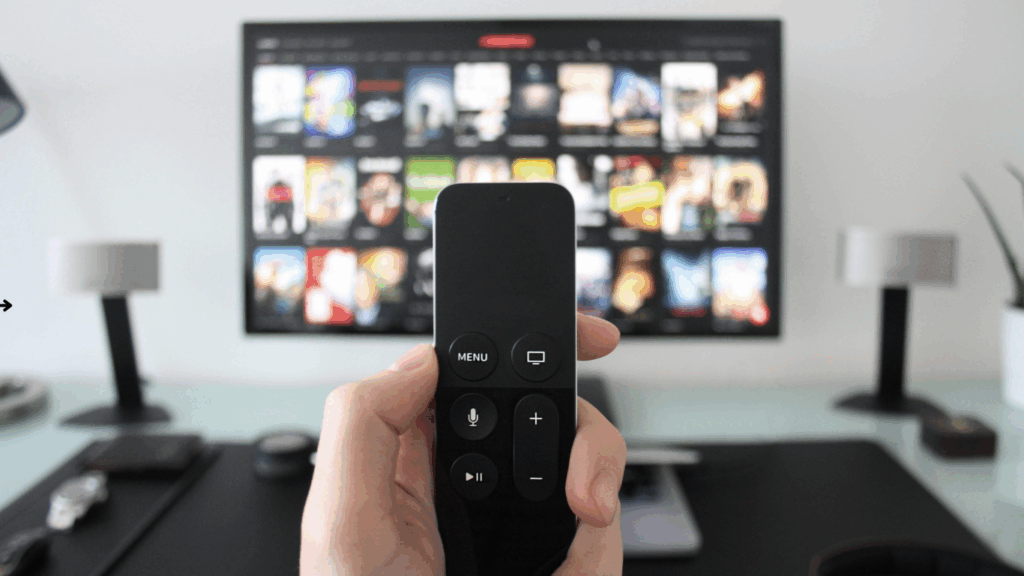Programmatic Advertising in Connected TV (CTV): Opportunities and Challenges
Over the last few years, television has changed more than in the previous three decades.
Audiences no longer sit down to watch linear TV at fixed times — they stream, pause, and switch between devices.
This transformation has opened the door for advertisers to reach viewers in a completely new way:
through Connected TV (CTV) and programmatic buying.
CTV combines the emotional impact of traditional TV with the precision and data-driven targeting of digital advertising. But while the opportunities are massive, so are the challenges.

What Is Connected TV (CTV)?
Connected TV (CTV) refers to any television device that connects to the internet — such as smart TVs, gaming consoles, or streaming devices like Roku, Apple TV, and Amazon Fire Stick.
Viewers use these devices to stream content from platforms like Netflix, Hulu, YouTube, or Disney+.
From an advertising perspective, CTV allows brands to serve video ads in a premium, high-attention environment — but with digital-level control and targeting.
How Programmatic Advertising Works on CTV
In CTV, programmatic technology automates the buying and delivery of ads across different streaming services and devices.
Here’s how it works:
- Advertisers use a DSP (Demand-Side Platform) to define their target audience and budget.
- Streaming publishers or platforms make their ad inventory available via SSPs (Supply-Side Platforms).
- Ads are traded in real time through ad exchanges, similar to how display ads are bought and sold.
- Viewers see ads during streaming breaks, and performance data is instantly tracked.
This automated ecosystem allows advertisers to buy audience-based TV inventory instead of traditional media buys.
Opportunities in CTV Programmatic
1. Precise Targeting
Advertisers can reach specific audience segments based on behavior, interests, and household data — not just broad demographics.
2. High Engagement and Brand Safety
CTV ads play on large screens with sound, often in premium environments with verified content, reducing the risk of ad fraud.
3. Cross-Device Measurement
You can connect CTV exposure data with mobile or desktop interactions to track the full user journey.
4. Flexible Buying Options
Programmatic allows both guaranteed deals for premium placements and RTB (Real-Time Bidding) for scalable reach.
5. Better Viewer Experience
Fewer, better-targeted ads create a less intrusive experience — benefiting both brands and audiences.
Challenges in CTV Programmatic
While promising, CTV still comes with hurdles that advertisers must address carefully:
1. Fragmented Ecosystem
Each platform (Hulu, Roku, Amazon, etc.) operates in its own “walled garden,” making cross-platform measurement difficult.
2. Limited Standardization
There’s no single standard for ad formats, metrics, or reporting — making optimization complex.
3. Measurement and Attribution Issues
Tracking conversions across devices and platforms remains a technical challenge.
4. Cost and Competition
Premium video inventory drives higher CPMs compared to display or mobile ads.
5. Ad Fraud Risks
Although less frequent than in open web display, CTV fraud (e.g., spoofed impressions) still occurs.
Best Practices for CTV Advertisers
✅ Use Data-Driven Targeting: Combine first-party and third-party data to define precise audiences.
✅ Leverage Frequency Capping: Avoid showing the same ad too many times on the same device.
✅ Run A/B Creative Tests: Test short vs. long formats, storytelling styles, and CTAs.
✅ Partner with Trusted SSPs/DSPs: Ensure transparency in reporting and inventory quality.
✅ Measure Across Devices: Use cross-device attribution tools to connect TV impressions with online conversions.
The Future of CTV Advertising

As streaming consumption grows, CTV will become one of the most powerful channels in digital advertising.
Innovations like shoppable TV ads, QR-code integrations, and real-time audience optimization are already reshaping the landscape.
Programmatic technology will make it easier for advertisers — large and small — to buy premium video inventory with precision, efficiency, and measurable results.
Conclusion
Programmatic CTV advertising merges the storytelling power of television with the precision of data-driven marketing.
While challenges like measurement and fragmentation remain, brands that embrace CTV early will gain a significant competitive advantage in reaching today’s streaming audiences.
Next up: Learn how to engage listeners through Programmatic Audio Advertising.
“This article was written by Digital Rebel, specialists in online advertising and programmatic media buying.”
